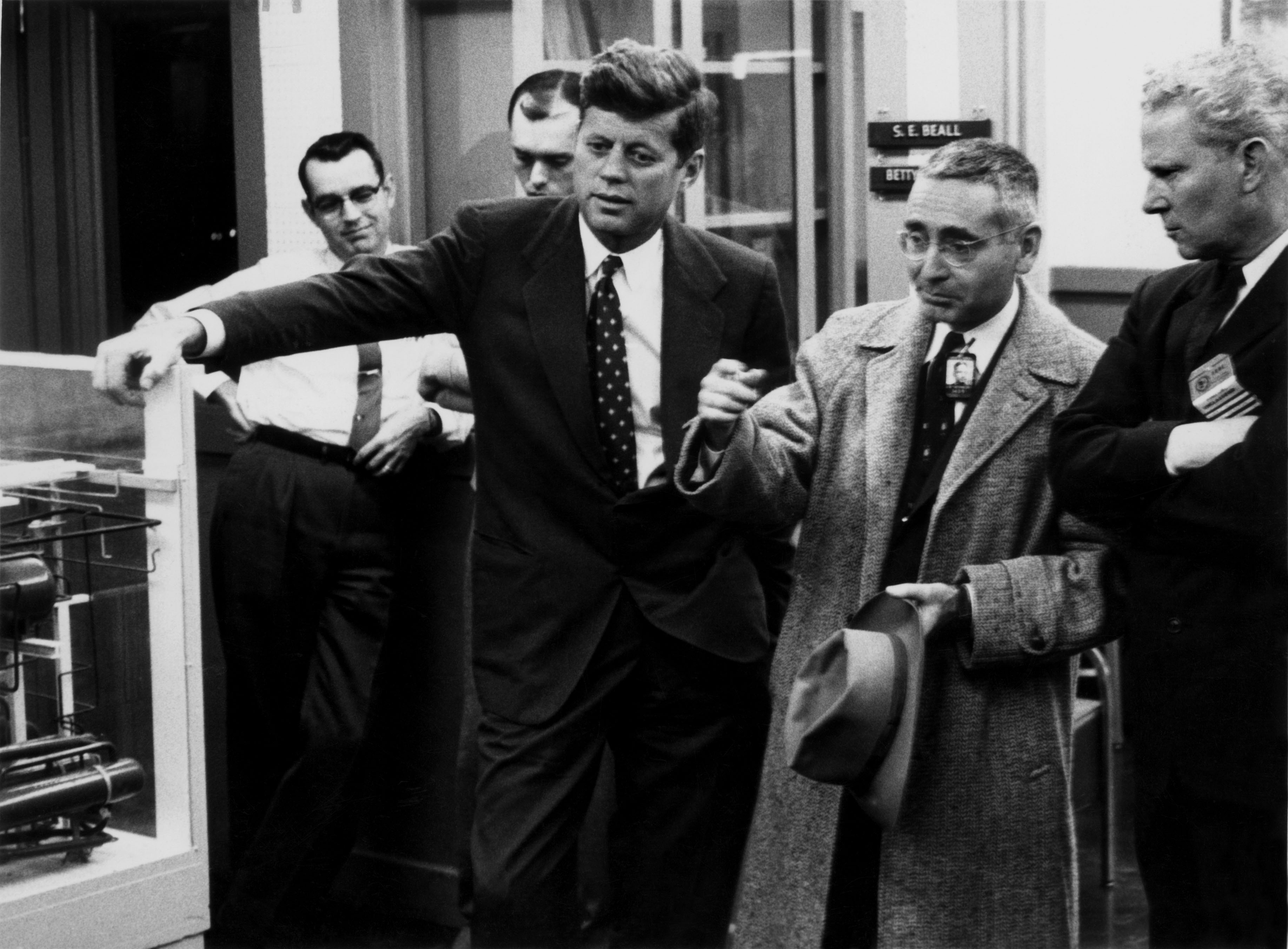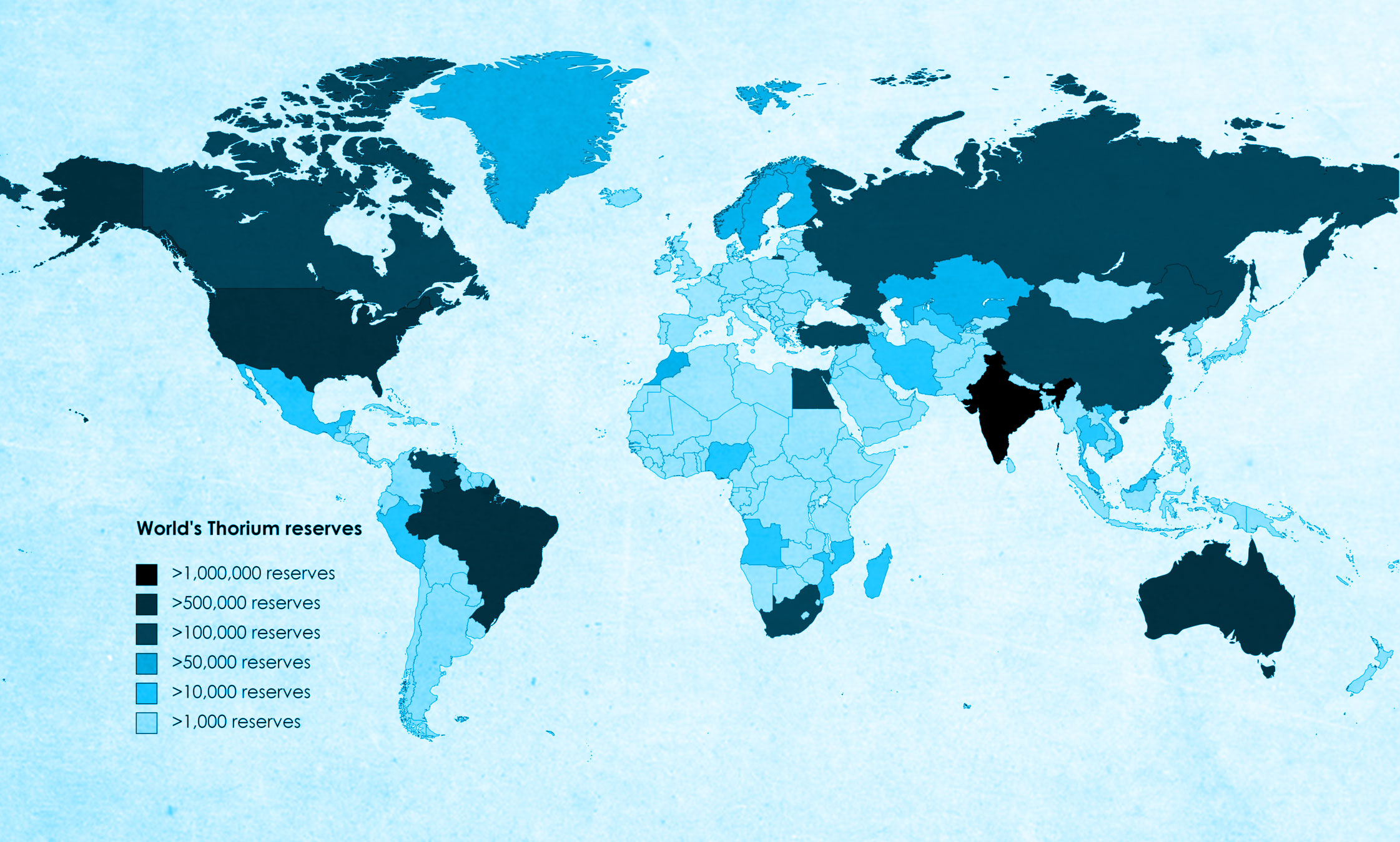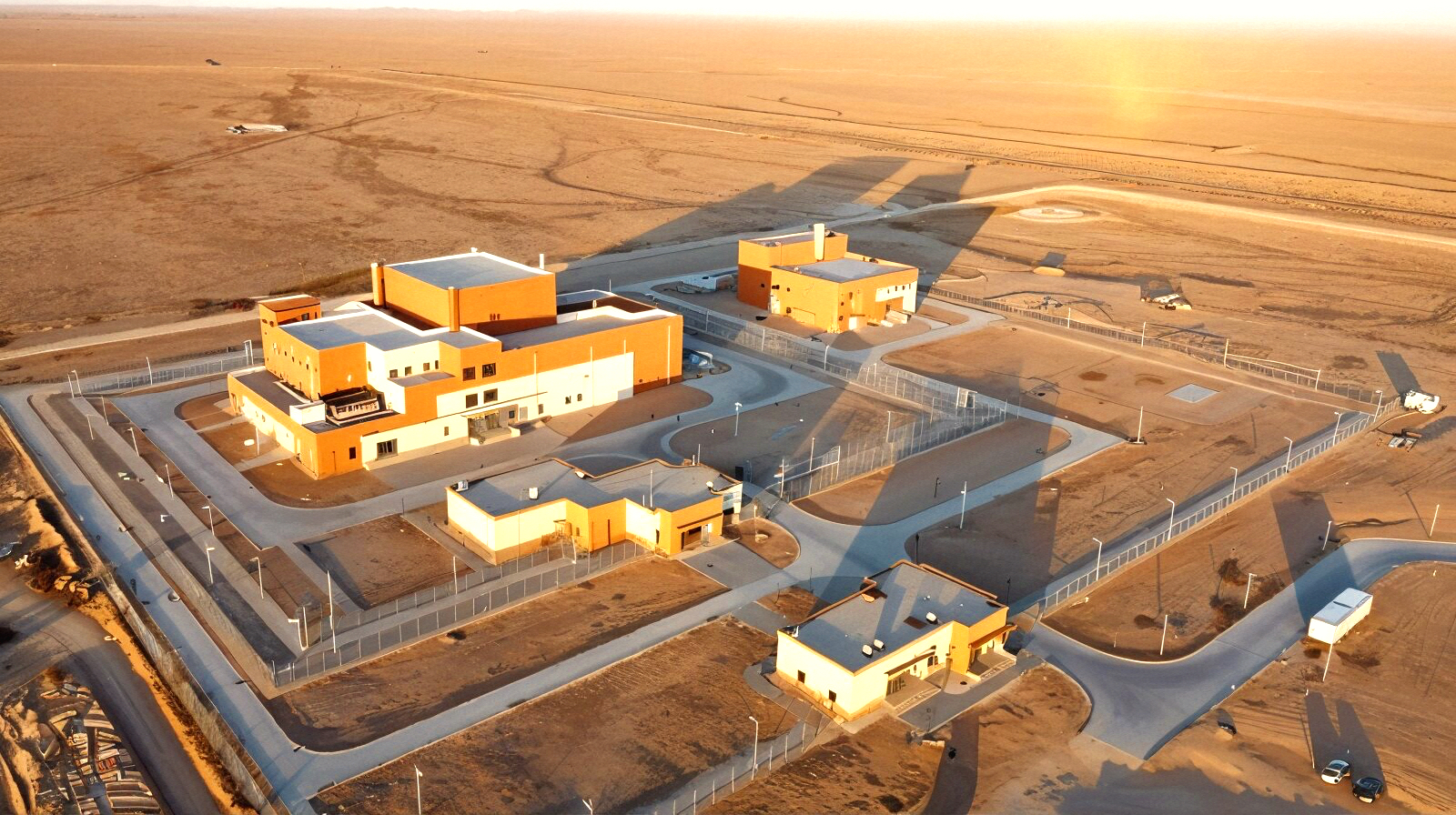Thorium reactors, based on technology abandoned around the time of the Cold War, could provide an alternative to large nuclear reactors fuelled by solid uranium. They have many potential advantages, but the technical hurdles could also be considerable. Stuart Nathan reports
The bottom of the Peiodic Table is a murky place. It’s the home of elements with long, unfamiliar names; the domain of radioactivity and radiation. There are things down there which not even the furious furnaces of a supernova can make; things that only exist if you bombard other elements with subatomic particles. If the table were a medieval map, the bottom edge would be the bit marked ‘Here Be Dragons’.
Yet one of the elements from this lesser-known atomic landscape has been attracting increasing attention from engineers, who believe it might be important to helping to solve one of our greatest problems — how to generate plentiful, clean, safe electricity. Thorium, element 90, is one of the most energy-dense materials known, but it currently has almost no industrial applications.







